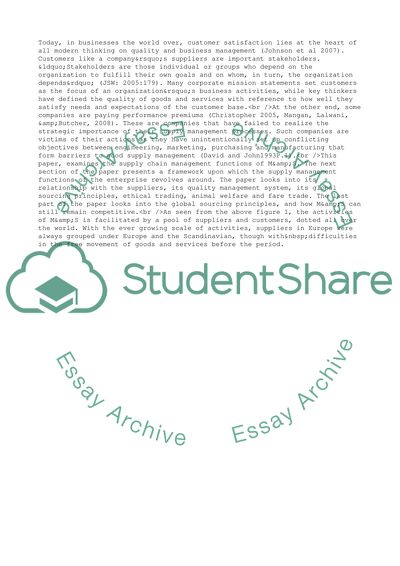Cite this document
(Supply Chain Management of Mark & Spencer Essay, n.d.)
Supply Chain Management of Mark & Spencer Essay. https://studentshare.org/management/1553705-supply-chain-management-of-mark-spencer
Supply Chain Management of Mark & Spencer Essay. https://studentshare.org/management/1553705-supply-chain-management-of-mark-spencer
(Supply Chain Management of Mark & Spencer Essay)
Supply Chain Management of Mark & Spencer Essay. https://studentshare.org/management/1553705-supply-chain-management-of-mark-spencer.
Supply Chain Management of Mark & Spencer Essay. https://studentshare.org/management/1553705-supply-chain-management-of-mark-spencer.
“Supply Chain Management of Mark & Spencer Essay”. https://studentshare.org/management/1553705-supply-chain-management-of-mark-spencer.


